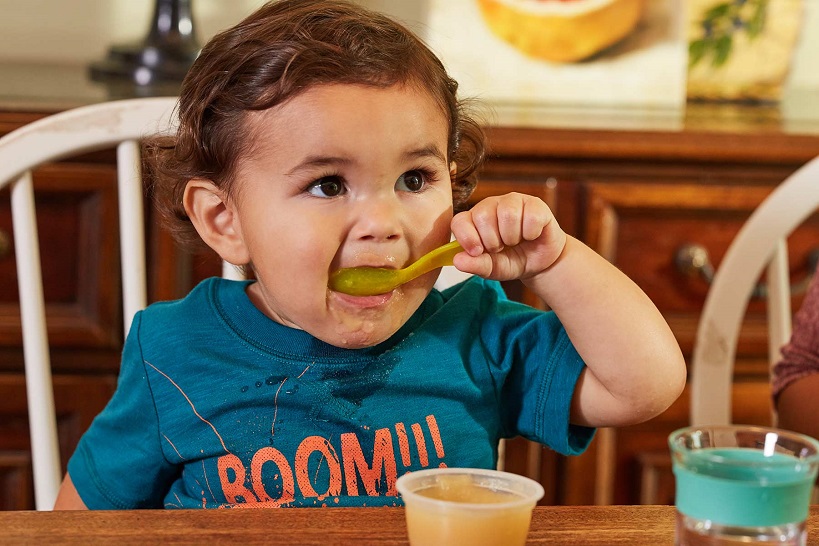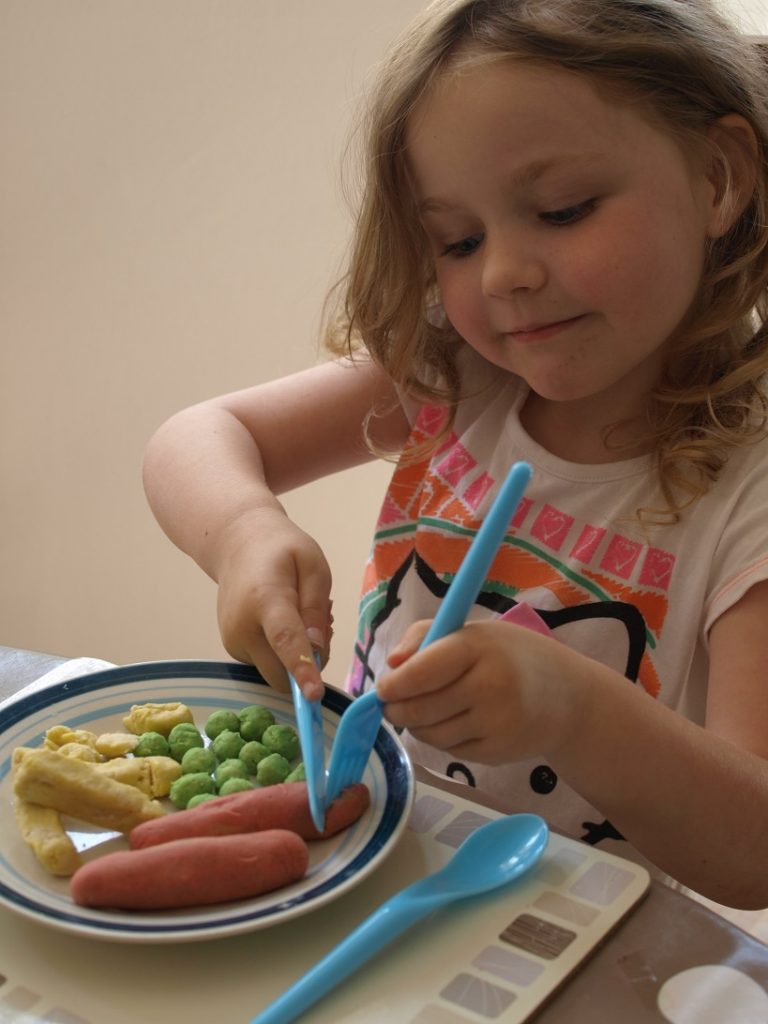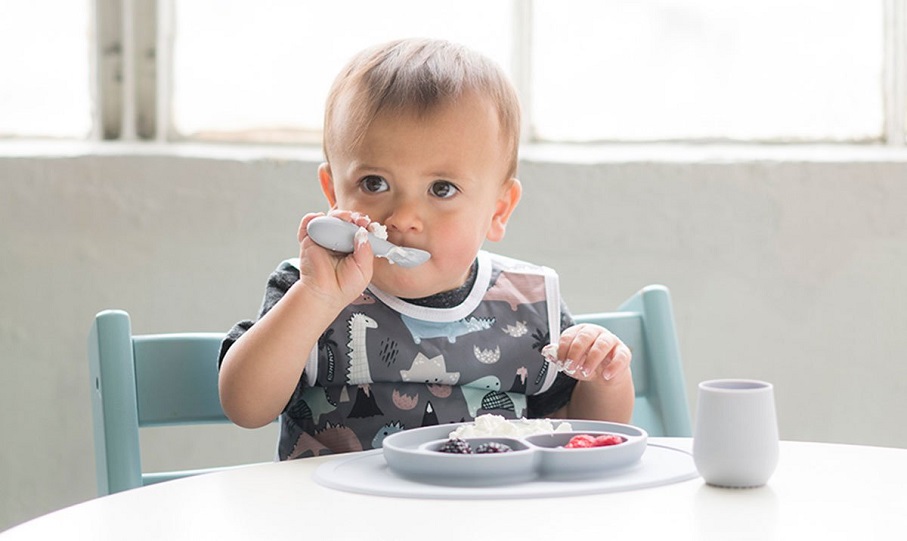How to Teach Your Toddler to Self-Feed
Contents
From the joy of their first smile to the terror of watching them ride a bike alone for the first time, being a parent is sure a roller coaster ride. In between those huge moments, you’ll often find yourself wondering if your kid is all right. Should they be talking, walking or jumping by now? Should they be potty trained already? When should they be able to eat by themselves?

The last question is actually a common one that I get frequently asked. I have to confess that I was pretty motivated to teach my kids self-feeding because that meant I could also sit and enjoy my own meal again. Our journey to self-feeding began with the introduction of finger foods and gradually progressed to using toddler cutlery. Some parents hesitate to introduce utensils to their toddler’s feeding process because they can be a recipe for a mess. However, there are ways you can minimize the mess as you help your child master the skills of self-feeding.
Before You Introduce Cutlery
It’s important to understand that children develop skills at their own pace. There is no set time or age your toddler should be introduced to a spoon. Your child’s motor skills will determine the right time as well as other factors including how long they have been eating solid foods and how interested they are in eating independently.
If you’ve been feeding your child soft or puree foods but haven’t introduced finger foods yet, you may want to wait a while before introducing them to cutlery. Start offering foods like cooked vegetables, so that your child can learn the process of moving food into their mouth. Once they are able to handle chunkier pieces of vegetables, fruits and pasta, you can start challenging your child with baby cutlery.

Picking the Right Cutlery
Using utensils that are properly sized and shaped for toddlers’ hands can make the process a lot easier. If you decide to buy toddler cutlery, look for ones with chubby handles and blunted fork tips. Bright colours can encourage your little one to use the cutlery more often. Make sure to read the product label closely to ensure that it is free from BPA.
Start with a spoon, and then when your little one gets used to it, introduce a fork. Show your child the poking action of the fork and let them try it themselves. Eventually, your kid will get the hang of it, even if it takes a while.
Teaching Your Child to Self-Feed with Cuttlery
Most new parents are wondering when babies can use cluttery? It’s different for everyone, however, most toddlers should be feeding themselves with a spoon completely independently by the age of 2. However, many kids master this skill much younger if they are given the opportunity. By the time they turn one, toddlers can proficiently and messily feed themselves.

The most important thing you can do at the beginning of your teaching process is to let your child try. This means giving them their own cutlery while feeding them. This will help your little one associate the spoon with eating while allowing them to work on their fine motor skills a little as well. Once they start to put the spoon in their mouth, put your hand on top of theirs and dip it together in the food – put just a little bit to try. Do this a few times during the meal until they start getting the hang of it themselves. Ideal foods for a spoon include cottage cheese, chunky applesauce, mashed carrots and peas, mashed potatoes, oatmeal, pudding, scrambled eggs and thick yogurt.
Once they have the spoon under control, it’s time to give them a fork. Again, kids should be capable of using a fork by the age of 2, though some will prefer using their fingers, which is fine. Start by placing a child-safe fork on their plate of high chair tray with something really easy to pierce like cheese or a chicken nugget. Fruit and noodles are soft but they tend to slip and may fall apart. In the beginning, you will want to keep their frustration level down and give them a real chance at being successful. If your child has trouble getting the food onto the fork, give then a hand help until they get the hang of it. Foods to try with a fork include cooked potato chunks, green beans, toast squares with peanut butter, pieces of soft fruit, pasta shells, melon chunks and chunks of tinned fruit.
You can introduce them to knives when they’re 4-5 years old. This age is best because using a blunt knife for safety can be very frustrating for children as they don’t cut the food effectively. I started by allowing the kids to help in the kitchen by slicing and dicing tomatoes and cucumber. You can also offer your child a blunt knife during play to slice playdough. This will give them the opportunity to practice the skill using only the knife, making it easier when they have to use the knife together with other cutlery when eating.



